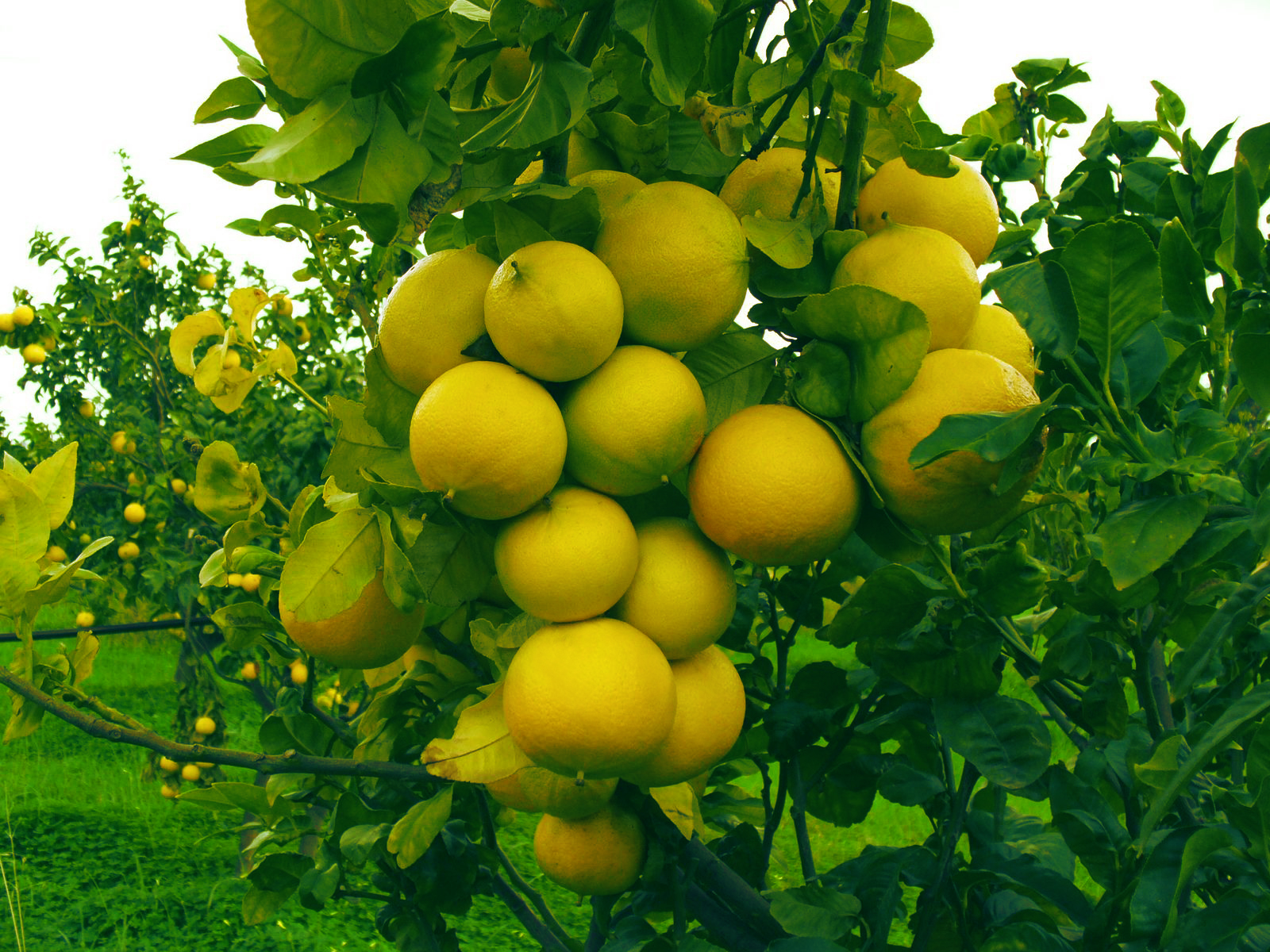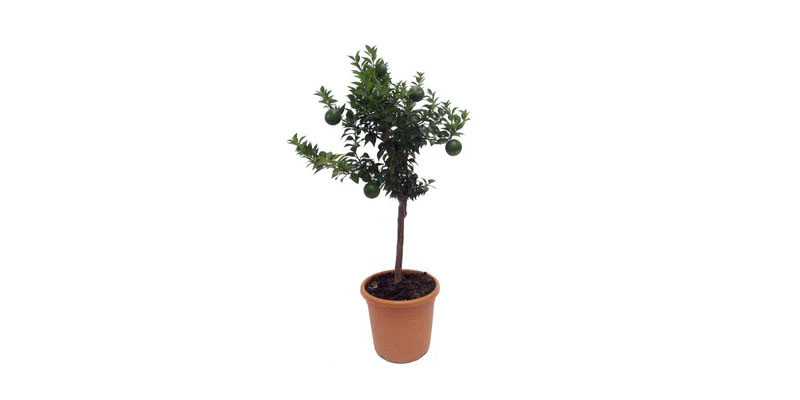Bergamot is an acid citrus rich in properties, however, it can only be cultivated in a specific area of Italy. Or the area called tropical humid temperate, a narrow coastal strip not more than 100 km from Villa San Giovanni in Gioiosa Jonica in the province of Reggio Calabria. Calabria produces 90% of bergamot worldwide. Only in this area, in fact, is created this particular microclimate suitable for growing bergamot with hot summers without rain and winters that do not go below 10 degrees and heavy precipitation in spring and late autumn. It is possible to grow bergamot in other regions or in pots, even if it causes greater difficulties and lower fruit production.
Description of the bergamot plant
Bergamot is an evergreen tree about 3 or 4 metres high, with a straight trunk and greyish bark and long roots. It first blooms in late March and lasts until about April, depending on the variety. The flowers are white and appear on the plant twice a year: the first time in spring, with the resulting fructification in November and December. The second time was in autumn, with subsequent fruiting in the spring of the following year. The fruit of this plant is an orange-like citrus, but of yellow colour. The shape depends on the variety of the plant, while the weight varies from 80 to 200 g.
How to grow bergamots
There are two ways to achieve bergamot:
- Buying a tree of 1 or 2 years in a nursery or a farm specialized in the sale of citrus trees;
- Through the reproduction from seed, which allows obtaining a plant identical to the mother plant; this technique is, however, recommended to most experts in agriculture.

The Bergamot’s cultural needs
Bergamot should be planted in a soil of average texture in the presence of humus, deep, fertile and well drained. Bergamot prefers pH values of 6.5 to 7.5. Sun exposure is an essential requirement for the culture of bergamot: sunlight should reach the plant directly to encourage fruit development and production. In addition to light, bergamot requires mild temperatures and tolerates high temperatures. However, you should never expose the plant to temperatures lower than 10ºC.
Concerning irritation, bergamot does not need much care: it needs water during the time of the plant, in spring and autumn. In the case of very dry summers, the possibility of watering should be considered, whereas in winter irritations should be completely suspended. It is essential to prevent the formation of water stagnation, which can lead to the death of the plant.
Variety of bergamot
There are different varieties of bergamot, different in the look of the plant and fruit. It is important to consider the different possibilities also depending on the predisposition to the strength or longevity of the different types of bergamot. There are three principal kinds of bergamot:
Siracusa (Femminello)
This variety of bergamot grows faster than the two others and has less development, so it is selected for the shorter time to get the fruits and for the ease of harvesting. However, it is a more demanding and short-lasting plant, so the plants are then unloaded before. Fruiting during October.
Castagnaro
This type of bergamot is relatively long-lived and resistant, but has the effect of alternating production to a greater extent than the other two varieties, with years of significant production and years of smaller production. It is producing results in November.
Fantastico
It is the most widespread variety of bergamot, in fact, it accounts for approximately 75% of the production. Likewise, it is preferred over the other two types because the tree has good growth and abundant fructification. Their fruits, rich in essential oils, are harvested between November and December.
Cultivation of bergamots in pots
To grow bergamot in pots, you need to be an expert gardener, as bergamot requires much attention and care. The precautions to follow are more or less the same to follow to grow the other citrus fruits in pots.
Firstly, it is necessary to obtain a fairly large terracotta pot a soft and fertile soil specifically for citrus, excellent drainage at the bottom of the pot and a sheltered and sunny place. After you have found the optimum position for the bergamot plant, do not move it.
When the temperature drops, the plant is moved to a cool greenhouse or a light veranda where the temperature does not drop below 10 °C. Regarding watering, in summer the plant must be watered abundantly but leaving time between watering and the other for the pot to dry completely. In winter, however, the plant needs very little irrigation.
Every two years, the bergamot should be placed in a vase approximately 10 cm larger in diameter than the previous vase.
RCB was born at a time when COVID-19 and the war in Europe with the associated sanctions have complicated the sale of Bergamot essential oil. The purpose of the RCB Group is to assist all Bergamotticolo processors, including by providing its marketing and technological expertise to innovate the sector.
The RCB is based on the experience of several generations of bergamots and agronomists specialized in the Ionic Calabrian area, where the Bergamots have invested all their skills.









